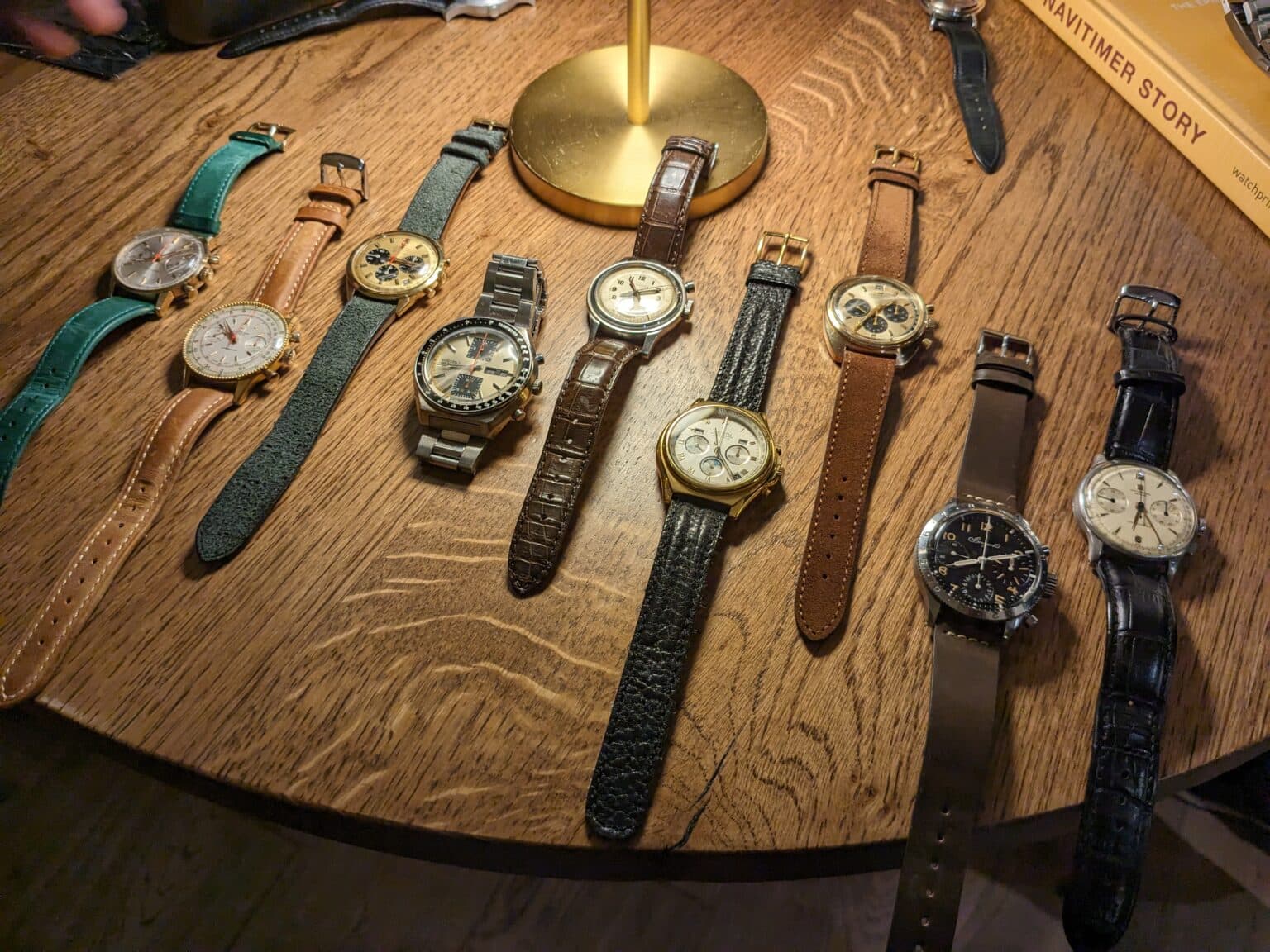This is a guest post by one of our Members, Jason Saliba, of Michael George & Associates Chartered Certified Accountants.
In recent years the values of vintage wristwatches have increased enormously, but a particular and often little-known tax benefit ensures that for some UK tax payers, these collectables can be totally tax-free investments too.
There is no doubt about it, if you are a watch connoisseur and know what to spend your money on, this hobby could turn out to be a seriously successful investment, even without a possible tax advantage that exempts future capital gains from Capital Gains Tax (CGT).
Watches are wasting assets
The legislation exempts certain types of assets, defined as ‘wasting assets’, from a CGT liability. Wasting assets are broadly those which have a predictable useful life of no more than 50 years. As the definition suggests, a wasting asset is likely to reduce in value over its predictable life such so that, at the end of its life, it will have little, if any, value. Wristwatches are classed as “Wasting Assets.” So how come these visually and financially attractive investment options offer a potential tax benefit too?
The answer is the “Wasting Asset Rule.” What does this mean? Answer: HM Revenue classes these items as machinery as they have moving parts. All your Disposals must be classed as Capital transactions.
 This vintage Breitling Top Time from the 1960s would be exempt from Capital Gains Tax if sold at a profit.As a collector, the first tax challenge you need to be aware of is that there will be occasions when you will probably want to sell in order to upgrade your items. When doing so you must make sure that you are not considered by the Inland Revenue to be a trader.
This vintage Breitling Top Time from the 1960s would be exempt from Capital Gains Tax if sold at a profit.As a collector, the first tax challenge you need to be aware of is that there will be occasions when you will probably want to sell in order to upgrade your items. When doing so you must make sure that you are not considered by the Inland Revenue to be a trader.
For the Taxman to prove the money made from the sale of a watch is trading income and not a capital gain he must show the owner’s motive for purchasing and sometimes restoring the watch was to make a profit, rather than buying and maintaining the item simply for the enjoyment of ownership.
The number of times you sell watches.
Whether you a member of a trading organisation associated with watches and which represents traders.
Do you buy spare parts?
Do you have a reputation as a trader in the market?
Do you have watch tools?
Do you have any other income?
If you are not in full time employment how do you make a living?
 Vintage watches come in many different types are are often attractive to collectors.In the past the Inland Revenue would visit you to determine if you are a trader or a collector. These days they can do a preliminary investigation in advance of their visit via the internet, where a Google search can dig out lots of information as can others sources such as forums, eBay and Facebook. In fact any social media website where you might discuss your love of watches or clocks may alert investigators should you only be buying to sell. Be assured that they will do their homework before a visit, so make sure you do yours too to ensure that you get top marks when faced with an Inland Revenue question and answer session.
Vintage watches come in many different types are are often attractive to collectors.In the past the Inland Revenue would visit you to determine if you are a trader or a collector. These days they can do a preliminary investigation in advance of their visit via the internet, where a Google search can dig out lots of information as can others sources such as forums, eBay and Facebook. In fact any social media website where you might discuss your love of watches or clocks may alert investigators should you only be buying to sell. Be assured that they will do their homework before a visit, so make sure you do yours too to ensure that you get top marks when faced with an Inland Revenue question and answer session.
 Even more modern watches such as this Rolex GMT-Master II could be capital gains tax exempt if sold at a premium to the purchase price.Professional Use of your Watch and making a tax deduction
Even more modern watches such as this Rolex GMT-Master II could be capital gains tax exempt if sold at a premium to the purchase price.Professional Use of your Watch and making a tax deduction
But there are instances when people in certain professions may find it financially advantageous to declare that their watch has indeed been purchased for business use. You could, for example, be a deep sea diver, pilot, doctor or scientist performing experiments and can argue that the timepiece was bought as a tool for your work.
You would lose the potential “Wasting Asset” relief, but can instead claim capital allowances on your purchases. This can be as high as 100% or as low as 25% on the actual cost of the item. This means that the watch can be 100% tax deductible but this would apply only when you have not spent more than £1,000,000 annual investment in fiscal year since the 6th April 2023 on plant and machinery which would be the classification of your clock or watch. In addition, the maintenance and repair bills if they relate to the watch or clock would be 100% tax deductible.
 In theory this Seamster 300 dive watch from Omega could be deducted as a business asset if it was used for professional diving services.Conclusion
In theory this Seamster 300 dive watch from Omega could be deducted as a business asset if it was used for professional diving services.Conclusion
But if collecting watches or clocks still doesn’t tick your box, now that you have learned about the “Wasting Asset Rule” and how this applies to machinery, you can turn your investment sights on a whole other list of potentially collectable items such as guns, boats and even barometers. You can also now explain to any friends eager to invest exactly why the price of vintage cars has rocketed over the past few years. But give me an investment watch any day – after all, what use is a vintage Bugatti when you want to know what time it is?
As with most aspects of the UK tax system, the seemingly simple concept of paying tax on the increase in value of an asset ends up being very complex indeed. Each case is individual, and you will need specific advice for your item and circumstances. This article is general guidance. It’s dangerous to take chances with taxation because the best-case scenario means you could end up paying too much tax, but in the worst case you may end up paying penalties and interest. Therefore, seek advice from your own accountant or contact me, Jason Saliba, at Michael George & Associates, London.
This article is a guest post by Jason Saliba of Michael George & Associates, Chartered Certified Accountants.
Continue exploring
Dive into more content from The Watch Collectors Club.

